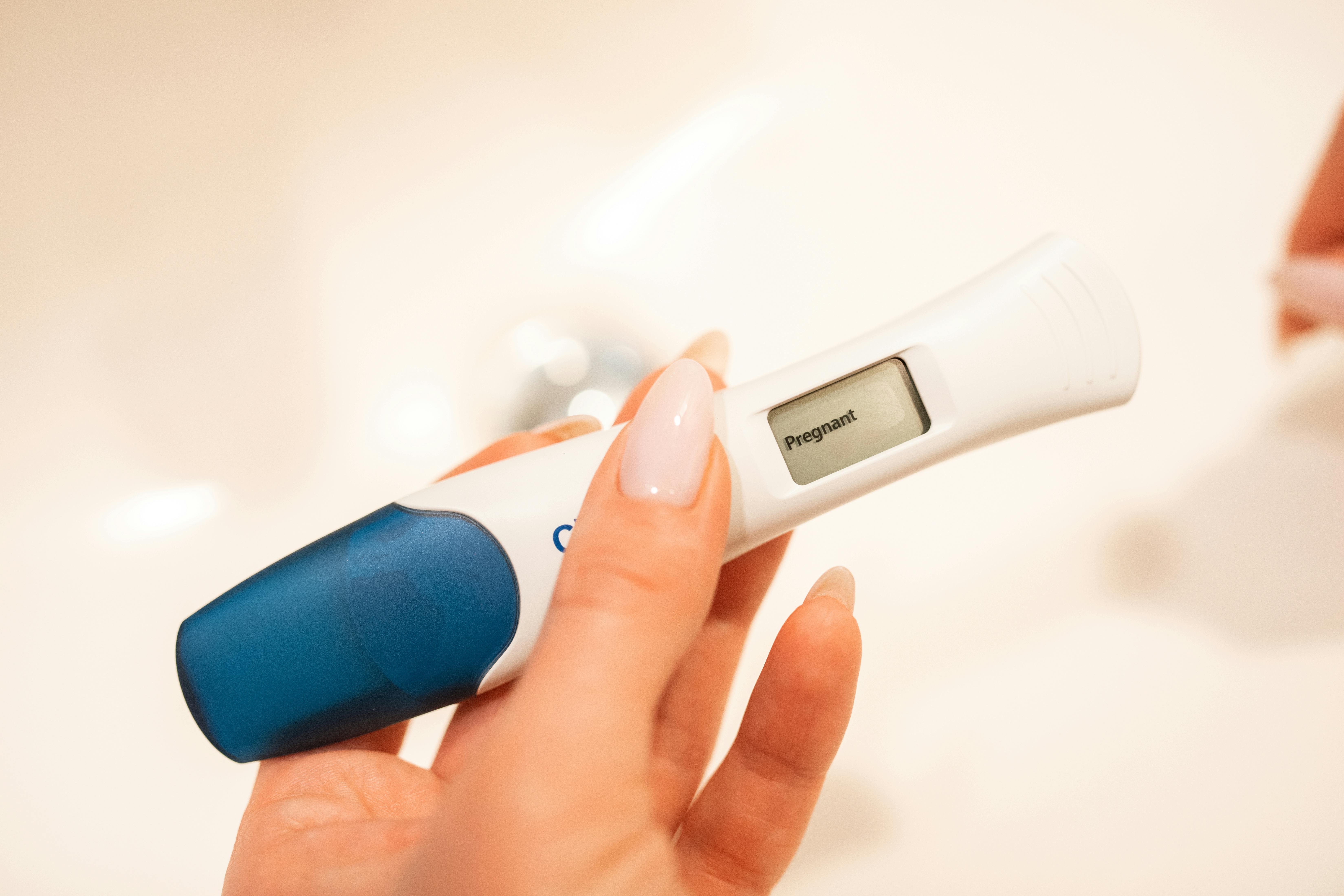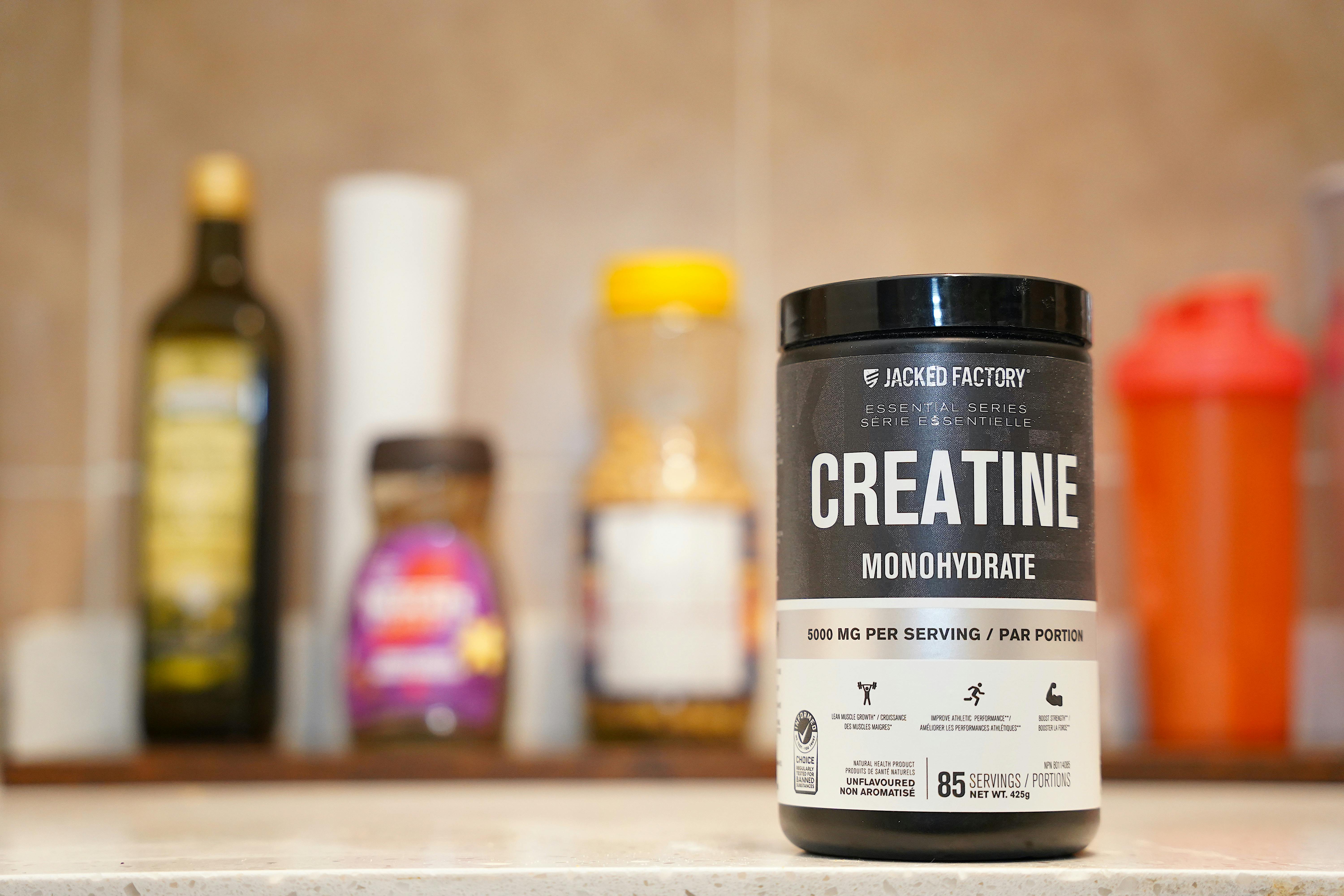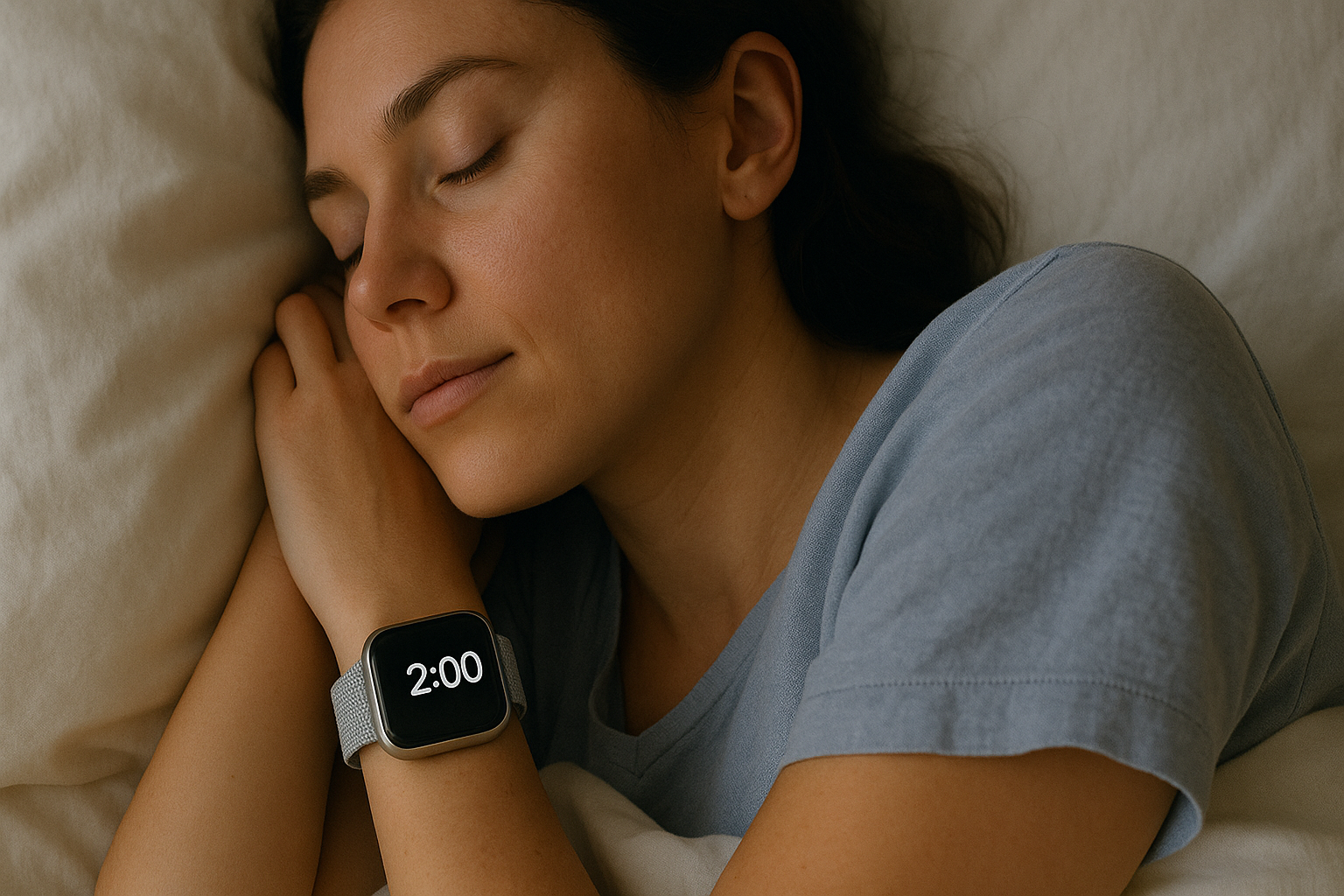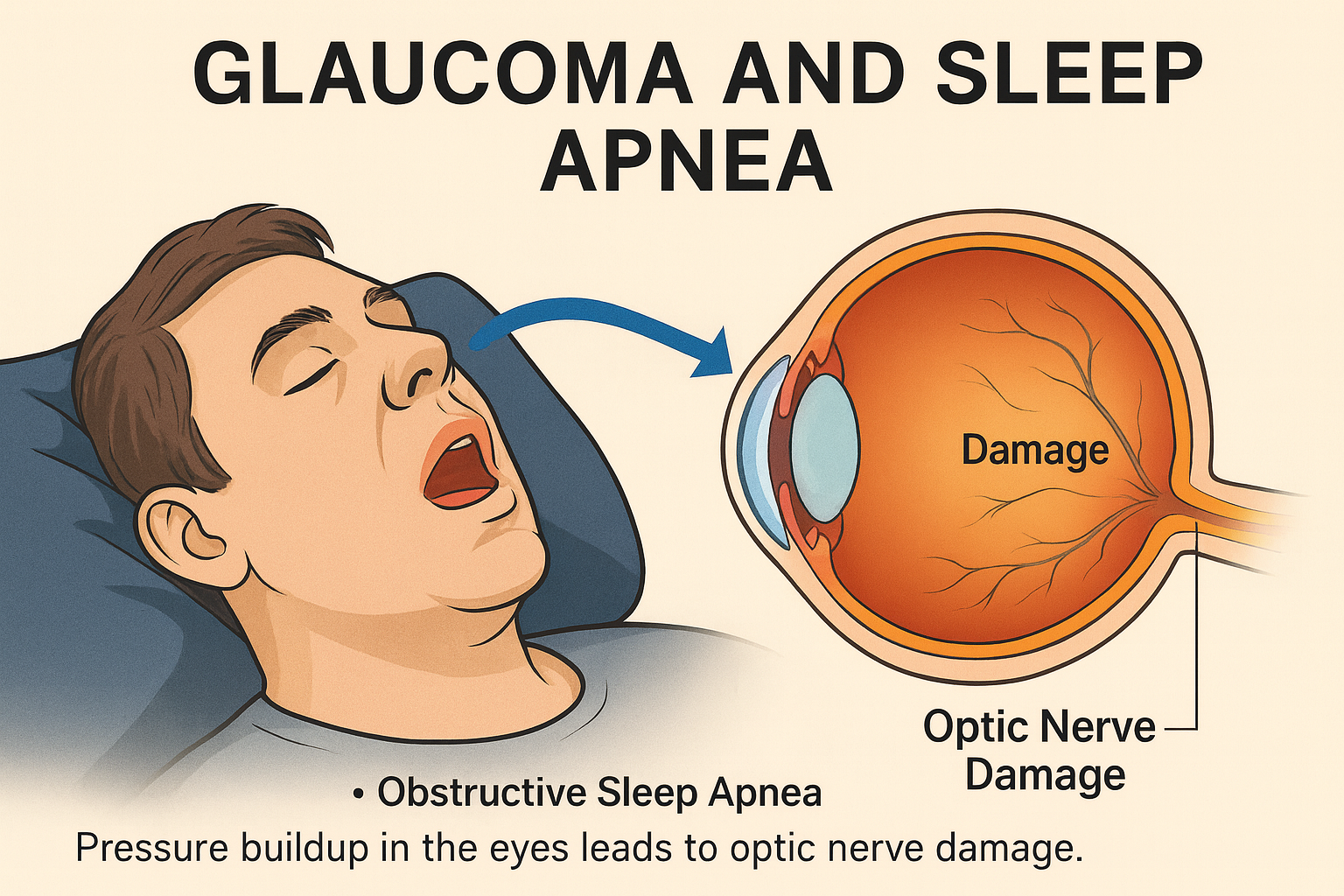What is aerophagia?
Aerophagia is unintentional swallowing of air and can be a possible side effect of using a CPAP machine. When someone swallows air, it can accumulate in the gastrointestinal tract, leading to discomfort, bloating, belching, and occasionally flatulence. In many instances, the swallowed air is eventually released through burping.
Can things other than CPAP cause aerophagia?
Other situations where aerophagia can occur is eating or drinking too quickly, talking while eating, chewing gum, using a straw, or drinking carbonated beverages. People with certain medical conditions, such as gastroesophageal reflux disease (GERD) or irritable bowel syndrome (IBS), may be more prone to aerophagia.
CPAP and aerophagia
Some CPAP users may inadvertently swallow air while using the machine, leading to uncomfortable (and unwanted!) symptoms of aerophagia. Although not harmful, symptoms of bloating and excessive belch can be unpleasant and disrupt sleep. The CPAP machine delivers a steady stream of pressurized air to maintain the airway open to allow airflow and prevent pauses in breathing. One thought is that the sphincter between the esophagus and windpipe relax, leading to more air entering the stomach from the CPAP machine.
CPAP factors contributing to aerophagia
- CPAP pressure being too high: Too high of pressure settings can lead to increased air delivery, increasing the chance for the person to swallow excess air.
- Mask not fitting properly: An improper CPAP mask may cause air leaks, prompting the person to open their mouth to compensate, leading to swallowing air.
- Sleeping position: Sleeping on your back can make someone more prone to air swallowing, especially if the person has their mouth open.
- Ramp setting on CPAP machine: Certain CPAP machines offer features like ramp-up, which gradually increases the air pressure when first putting on the mask. If not adjusted correctly, this feature might contribute to aerophagia.
Preventing or treating aerophagia while using a CPAP machine
- Adjust CPAP pressure: Slightly lowering the CPAP pressure can help decrease the amount of air swallowed.
- Mask: Make certain that the CPAP mask fits properly and has a good seal. When the mask doesn’t seal appropriately, the machine may deliver higher pressure than needed and can lead to swallowing more air. Also, consider trying different mask styles to find one that minimizes air leaks. A nasal mask may cause less aerophagia than a full face mask. If using a nasal mask, combining it with a chin strap to keep the mouth closed can also reduce the risk of swallowing air.
- Sleeping position: Switching your sleeping positions to determine which way feels most comfortable and minimizes air swallowing. Typically, sleeping on your side requires a lower pressure setting to maintain the airway open. Therefore, this position lessens the probability of swallowing air.
- Ramp setting: If this option is available on your CPAP machine, find a setting that is comfortable to allow for gradual increase in air pressure.
If you’re experiencing issues related to aerophagia and uncomfortable symptoms, consult with your Empower Sleep care team for more questions.























































































%20thumbnail.jpg)
.png)